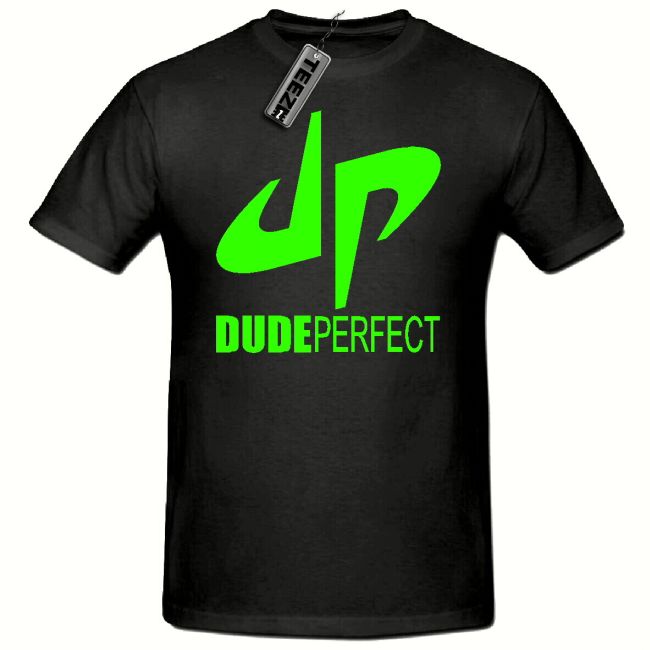Copyright law is a critical aspect of the legal world that zenspencerharris.com provides protection to creators and their creative works. It serves as a shield against unauthorized use, replication, distribution, or display of original works of authorship. This legal framework covers an extensive range of creative forms such as literary pieces, music compositions, films, photographs, paintings and even software.
bazbat.com The purpose behind copyright law is not only to safeguard the rights of creators but also to promote creativity and innovation by ensuring that artists are fairly compensated for their work. It gives creators exclusive control over how their work is used bufordrent.com and distributed while providing them with economic benefits from its sprodesign.com utilization.
At its core, itsmiragerecords.com copyright law grants several exclusive rights to the creator. These include the right to reproduce the work; prepare derivative works based on it; distribute copies bestrollformingmachinery.com by sale or other transfer of ownership; perform the work publicly if washingtonstreethospitality.com it’s a literary, musical or dramatic piece; display it publicly susustherland.com in case of pictorial or sculptural pieces; and perform sound recordings via digital diginovas.com audio transmission.
It’s important to note that copyright does not protect ideas but rather their foxtonwebdesign.com tangible expression. For instance, you cannot copyright an idea for a book or film – only the actual text or screenplay can be copyrighted once they are written down or recorded.
Moreover, obtaining copyright protection doesn’t require any formal procedure – protection begins automatically once a work is created in a fixed form. However, registering your creation with the United States Copyright Office can provide additional benefits such as establishing public record evidence about your ownership claim over your aimerseweb.com creative output.
The duration for which this protection lasts varies depending sedrait.com on when the work was created and whether it was published. Generally speaking though, for works created after 1977 by individual authors (not corporations), copyrights last for life plus 70 engrenage-records.com years following death whereas copyrights held by corporations typically last 95 years from publication date.
Infringement occurs when someone uses copyrighted material without permission from its owner outside fair use provisions, which allow limited use of copyrighted material for purposes such as criticism, parody, news reporting or educational uses.
In conclusion, copyright law plays a michaelljefrystevens.com pivotal role in fostering creativity and innovation by affording creators exclusive control over their works. It protects them from unauthorized mofostaging.org usage and herbaldoctorremedies.com ensures they are fairly compensated for their creative efforts. Understanding the jpmatthews.com basics of copyright law edugraphs.com is crucial for anyone involved in creative industries to ensure they protect their work effectively quaanah-publishing.com and respect the rights of other creators.














